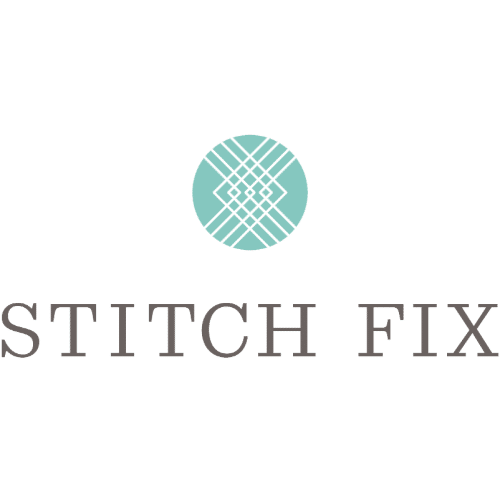Stitch Fix, a clothing and styling subscription service, is laying off 1,400 stylists in California due to the high cost of doing business in that state, reports CNBC. The layoffs will take place between now and the end of September. The layoffs represent about 18% of Stitch Fix’s employee base of 8,000.
The clothing subscription service plans to eventually replace those stylists with 2,000 more in lower cost locations like Austin, Texas and Minneapolis, Minnesota. Stylists who are laid will have the option to relocate and keep their jobs. Those who don’t want to relocate will get at least two weeks of severance pay, continued healthcare, employment assistance and bonuses if they stay until the layoffs are complete. The hiring of the new stylists will begin this summer and be completed sometime in 2021.
“We have taken the very difficult decision to reduce the number of stylists in our styling team in California, as we invest in our other styling hubs across the U.S., and the innovations that will help evolve our experience in the future. All of our California-based stylists will be offered the opportunity to relocate to the new roles in other states,” said Katrina Lake, Stitch Fix CEO and founder.
“Any decision that impacts our hardworking and talented people is incredibly tough, but we believe this is the right thing to do for our business. We are committed to supporting our people through this by providing as much financial stability as possible, including severance payments that increase with tenure, bonuses for stylists staying with us during the transition period, extended healthcare and recruitment resources,” added Lake.
Three months ago, Stitch Fix was in the news for temporarily closing two distribution centers, one in South San Francisco, California and one in Bethlehem, Pennsylvania to comply with local public health directives related to COVID-19. The company redirected shipments through other distribution centers across the country with increased health and safety precautions. The company also withdrew its financial guidance for the balance of its 2020 fiscal year.
“The rapid proliferation of COVID-19 worldwide has had an unprecedented effect on our daily lives. While we anticipated our business would be impacted, we did not have visibility into the extent to which it would disrupt our distribution centers. At this time, with significant constraints on our operations, we feel it is prudent to withdraw our previously issued third quarter and fiscal year 2020 guidance,” said Katrina Lake, founder and CEO of Stitch Fix.
“Even with this challenging macroeconomic climate, we believe our business remains well positioned to succeed long term. Stitch Fix has been cash flow positive since 2014 with a long history of strong unit economics. We believe this foundation, and our unique personalization capabilities, coupled with a convenient at-home model that offers an obvious advantage in the new reality and positive momentum on Direct Buy effectively positions us for the future,” Lake added.
What originally started out as a personalized clothing subscription box service for women has expanded since its launch in 2011. In 2016, Stitch Fix launched a menswear option. They also offer plus sizes, petite, maternity, big and tall and clothing for kids. Beyond the subscription service, Stitch Fix also offers the option to buy directly from their online store. Subscribers can buy pieces that coordinate with items they have previously purchased. Other shoppers can go to the recommended Your Looks section to see what’s available. Shipping is free and Stitch Fix offers free returns within 30 days.

Insider Take:
We are puzzled a bit by this decision. We understand the business reason to lay off 1,400 California-based staffers, whether it is from high costs in that state, slower sales, COVID-19 or any other reason. However, replacing those 1,400 stylists with 2,000 more stylists over the course of a year seems like it would be more expensive or at least balance out – even in lower cost states, especially when you add in talent acquisition, facility and other overhead costs to the mix. The math doesn’t quite add up.








